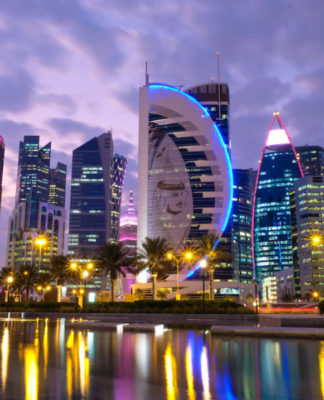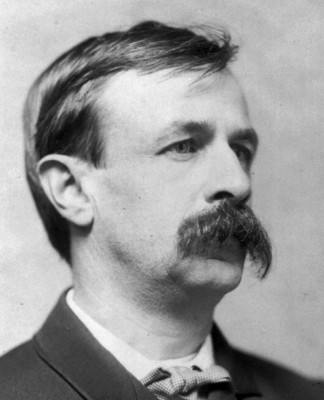Analysis
The US intelligence about Nord Stream does nothing to make this mystery any less murky
The latest theory to emerge is that the pipelines were damaged by pro-Ukrainian groups. However, the reports could not be any more nebulous.
Dominic Waghorn
International Affairs Editor @DominicWaghorn
Wednesday 8 March 2023 16:42, UK
A satellite image shows gas from the Nord Stream pipeline bubbling up in the water following incidents in the Baltic Sea
Image:
Satellite image shows gas from Nord Stream pipeline bubbling up following incidents in the Baltic Sea
Why you can trust Sky News
The network of cables and pipes under our seas is potentially the Achilles’ heel of the western world.
Submarine power cables, energy pipes and optic fibre communications are as vital to our lives as they are vulnerable.
If Russia is in the game of sabotaging them the consequences could be felt by everyone.
Its military has the capability, there seems little doubt.
Russia is thought to have a fleet of specialised below-surface vessels designed for the job.
But does it have the will and was the attack on Nord Stream a precursor of things to come?
Given that urgency are we any nearer to working out who was responsible?
For now the mystery remains as murky as the waters in which the attack happened.
This is despite a slew of claims and counter claims.
When the attacks happened unnamed official sources briefed that Russia must have been behind them.
We were told only Russia had the means to carry them out but what was the motive? Why would Moscow sabotage the conduit through which it has sold so much gas to Europe? Our sources could only speculate.
Something about trying to look unpredictable and dangerous.
Now a new theory has emerged implicating “pro-Ukrainian” groups. But the latest report from the New York Times could not be more nebulous.
It says that “new intelligence reviewed by US officials suggests that a pro-Ukraine group – likely comprised of Ukrainians or Russians” were the culprits but “there are no firm conclusions”.
Read more:
How the Nord Stream 2 pipeline has been controversial from the start
Pipeline connecting Russia with Germany is symbol of how political decisions can become toxic
Astonishing vagueness for a paper that values precision and clarity and claims to abhor unattributed reporting.
Similar reports in Germany claim that authorities there identified a commando of six people who allegedly carried out the attack using forged passports.
The report in Zeit Online claims “traces lead in the direction of Ukraine. However, investigators have so far found no evidence of who ordered the destruction”.
Well that’s all clear then. Unsurprisingly the Ukrainian government has poured scorn on all of the above.
“Although I enjoy collecting amusing conspiracy theories about Ukraine’s government,” tweeted one official, “I have to say: Ukraine has nothing to do with the Baltic Sea mishap and has no information about ‘pro-Ukrainian sabotage groups’.”
Nord Stream Pipeline3:29
Play Video – Traces of explosives found on pipeline
Traces of explosives found on pipeline (Nov 2022)
The reports followed polar opposite allegations from veteran US investigative journalist Seymour Hersh, who first made a name reporting the My Lai massacre by US troops in Vietnam. He claimed to have evidence the CIA was behind the attack.
Critics say his journalism was also long on unnamed sources and short on concrete evidence.
It seems remarkable that reputable news outlets are allowing unidentified spooks to use their august institutions to bandy around unsubstantiated claims that seem to amount to little more than smears currently.
Will we know the truth? Not in the absence of more concrete and compelling evidence.
The fog of war is notoriously impenetrable and never more so, it seems, than hundreds of feet below the surface of the Baltic Sea.
Related Topics
Russia






























